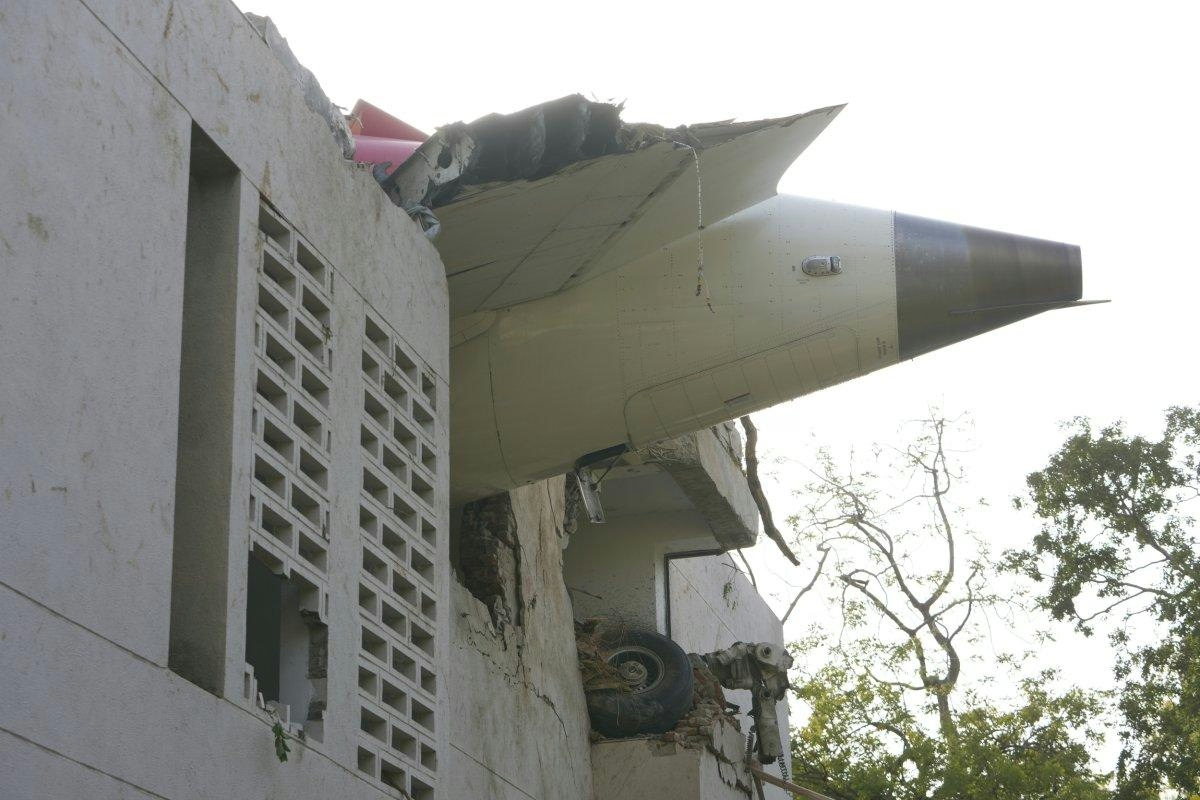
Smarter email, faster business.
Trending
Safety Management Systems Become Mandatory for Many U.S. MRO Shops
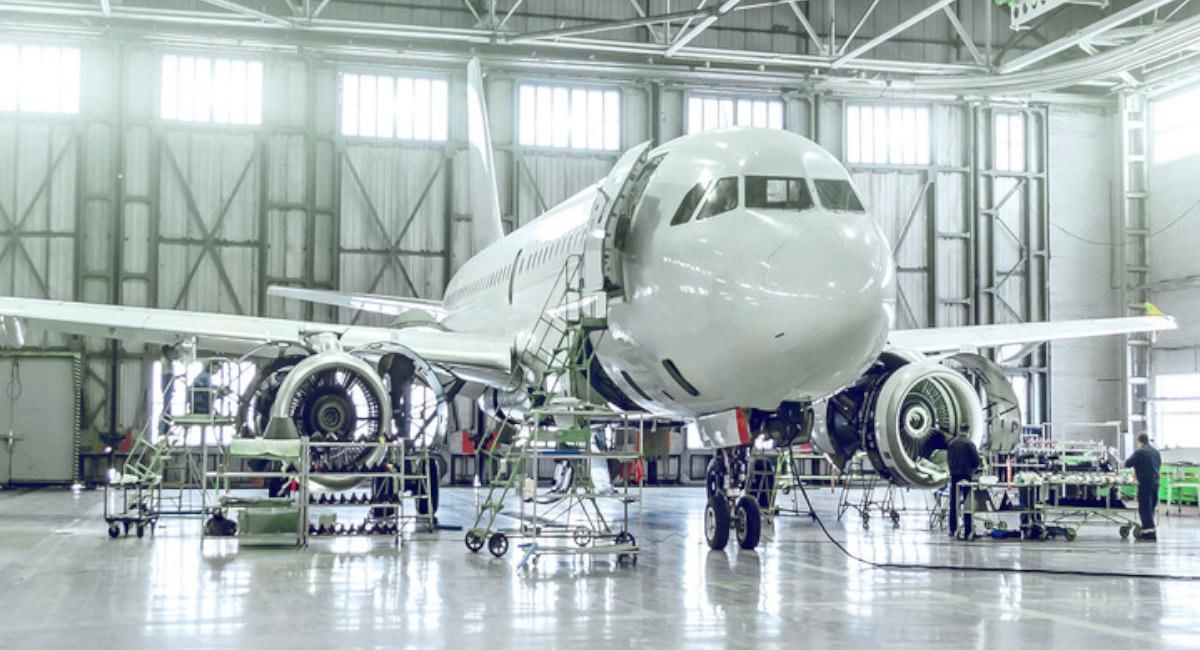
Safety Management Systems Now Mandatory for Many U.S. MRO Shops
A recent amendment to the U.S.-European Union Bilateral Aviation Safety Agreement (BASA) has introduced a significant regulatory change for U.S.-based maintenance, repair, and overhaul (MRO) shops certified by the European Union Aviation Safety Agency (EASA). The update to Annex 2, which governs maintenance, now requires all U.S. repair stations holding EASA approval to establish, implement, and maintain a safety management system (SMS). This mandate, adopted by the BASA’s bilateral oversight board in February, affects hundreds of U.S. repair stations and marks a pivotal shift in regulatory expectations.
Regulatory Context and Compliance Framework
Although the SMS requirement may appear challenging, it aligns with existing trends in aviation safety regulation. The Federal Aviation Administration (FAA) has long mandated SMS programs for commercial airlines, manufacturers, large airports, and even its Air Traffic Organization. However, until now, FAA-certified repair stations operating under Part 145 have not been subject to a formal SMS mandate, despite advocacy from safety bodies such as the National Transportation Safety Board (NTSB).
EASA, in contrast, has required SMS implementation for its certified organizations for some time and now expects foreign repair stations it approves to comply similarly. Given the political and regulatory sensitivities of imposing direct mandates on U.S. entities, the agencies reached a compromise: participation in the FAA’s voluntary SMS program will satisfy EASA’s requirements. The BASA amendment does not compel adherence to EASA’s specific SMS regulations but instead references compliance with the International Civil Aviation Organization’s (ICAO) standards and recommended practices.
ICAO’s SMS framework, detailed in Annex 19 since 2013, serves as the international benchmark for maintenance organizations. Ludovic Aron, EASA’s U.S. representative, emphasized at the Aeronautical Repair Station Association (ARSA) symposium that the goal is for organizations to be ICAO compliant. The compliance process involves repair stations confirming the presence of required SMS elements—most of which correspond with existing FAA regulations—and submitting a statement to the FAA affirming compliance with Part 5 SMS rules. The FAA then integrates SMS oversight into its routine surveillance activities without requiring formal program approval.
FAA Aviation Maintenance Division Manager Jackie Black clarified the process, noting that repair stations are not submitting SMS programs for agency approval. Instead, they submit a compliance statement, which the FAA incorporates into its ongoing surveillance to ensure adherence over time.
Implementation Challenges and Industry Impact
The deadline for compliance with the new Annex 2 SMS requirement is December 31. As of late March, only 53 U.S. repair stations had enrolled in the FAA’s voluntary SMS program, out of approximately 1,400 holding EASA certification. This leaves hundreds of shops facing a critical decision: implement an SMS or risk losing their EASA approval and the ability to service European-registered aircraft.
Implementing an SMS presents several challenges. Repair stations must navigate complex regulatory requirements, invest in workforce training, and manage increased operational costs. These factors have contributed to some hesitation within the market. Nevertheless, many competitors are expected to adopt SMS frameworks to uphold safety standards and maintain international credibility.
This regulatory development reflects a broader global trend toward emphasizing safety and risk management in aviation maintenance. Aligning with ICAO standards not only facilitates international cooperation but also enhances the overall safety infrastructure of the industry. As the compliance deadline approaches, U.S. repair stations must carefully assess their current practices and implement necessary changes to ensure continued operations and cross-border service capabilities.
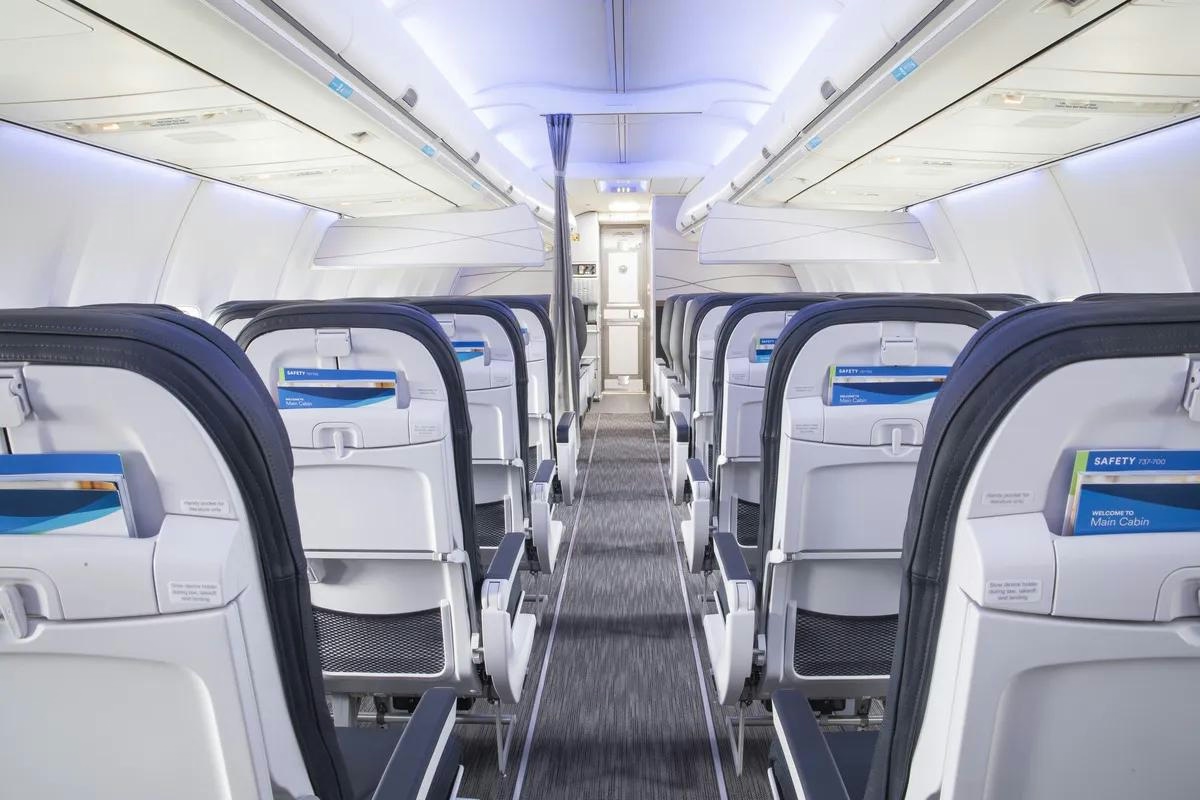
Key Questions on Chinese Travel, AI, and Airlines Answered by Skift
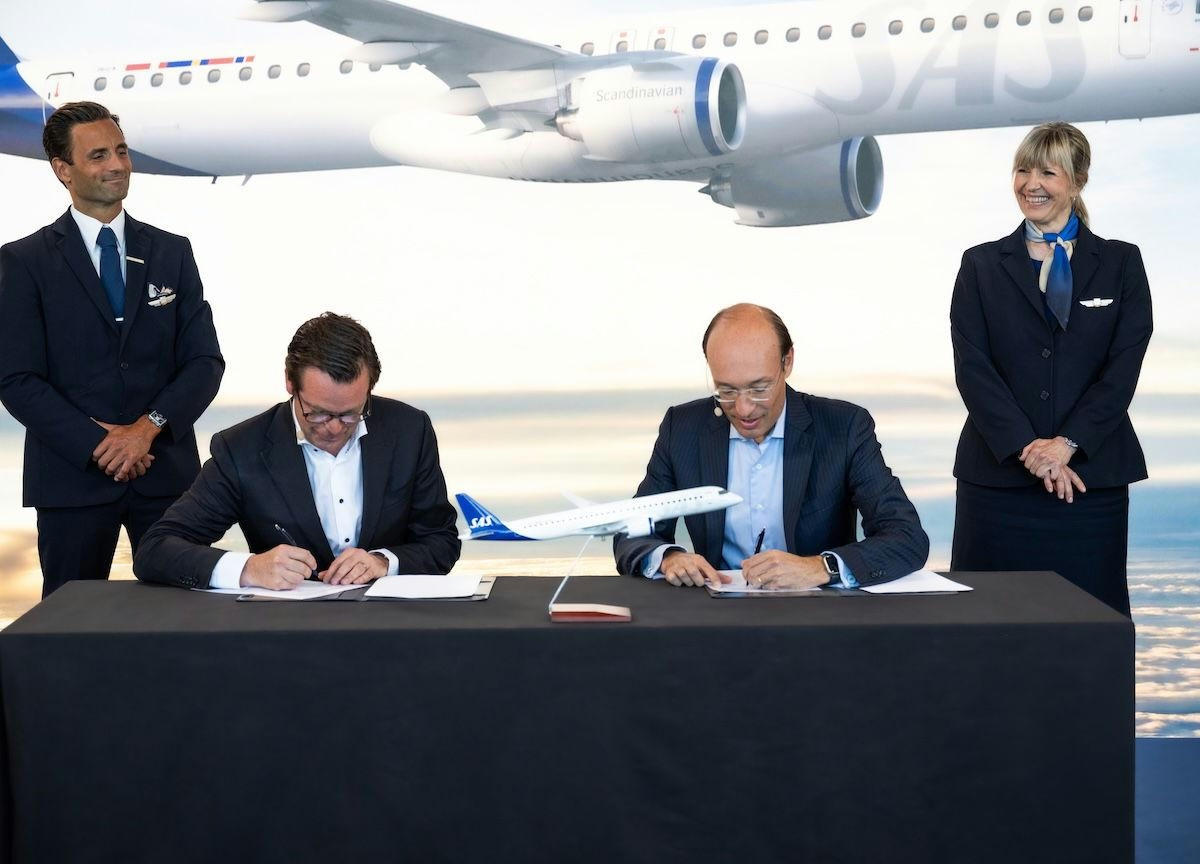
SAS Orders Up to 55 Embraer E195-E2 Jets

Portugal Hosts Aviation Pioneers at World Aviation Festival in Lisbon
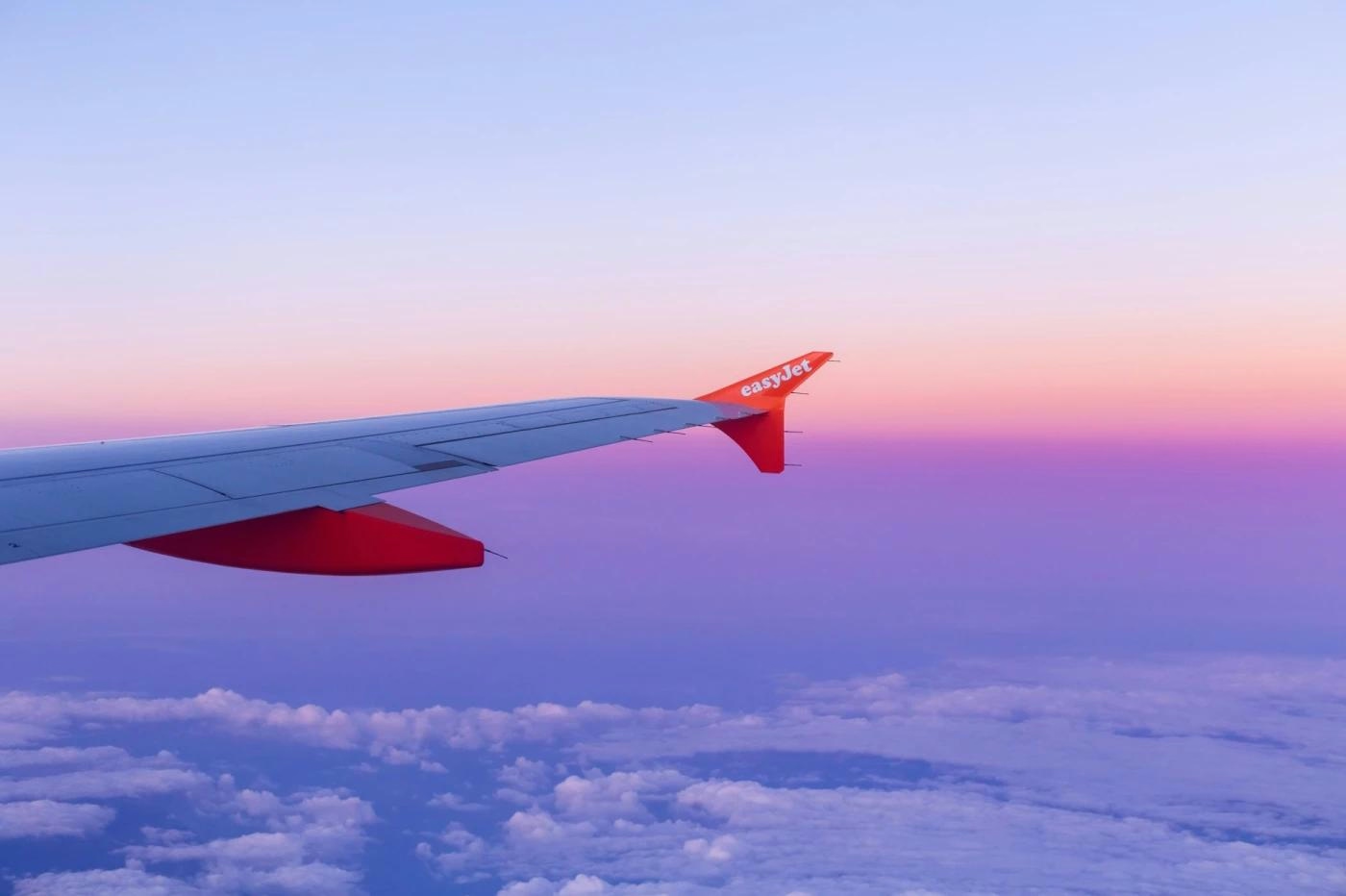
World Star Aviation Backs XMAL’s First Lease Deal with easyJet
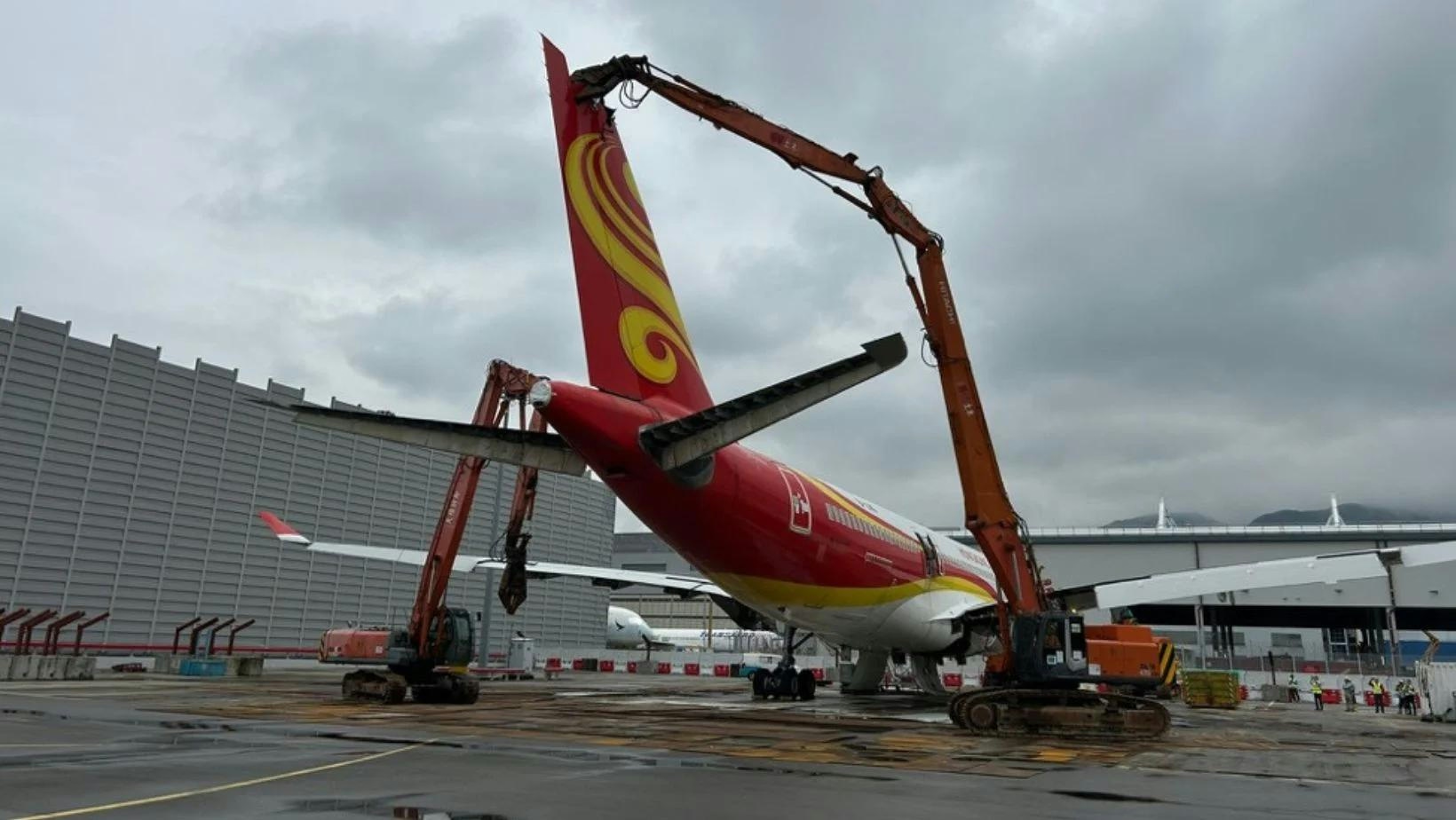
AerFin Conducts First Aircraft Disassembly at Hong Kong Airport
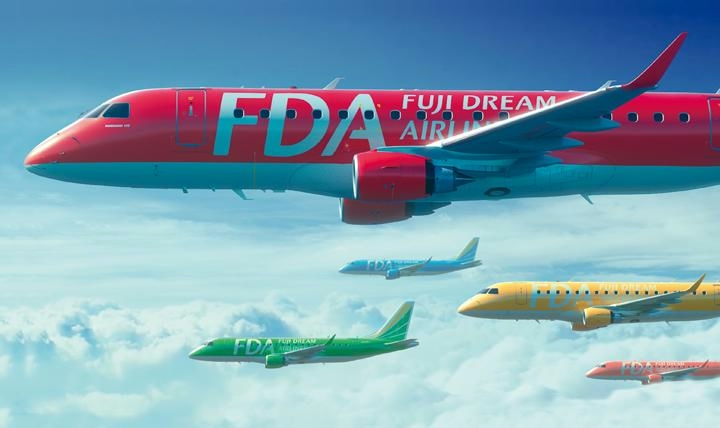
Fuji Dreams Airlines Renews Contract with IBS Software

Prague Airport Advances Traveler Experience Through Technology
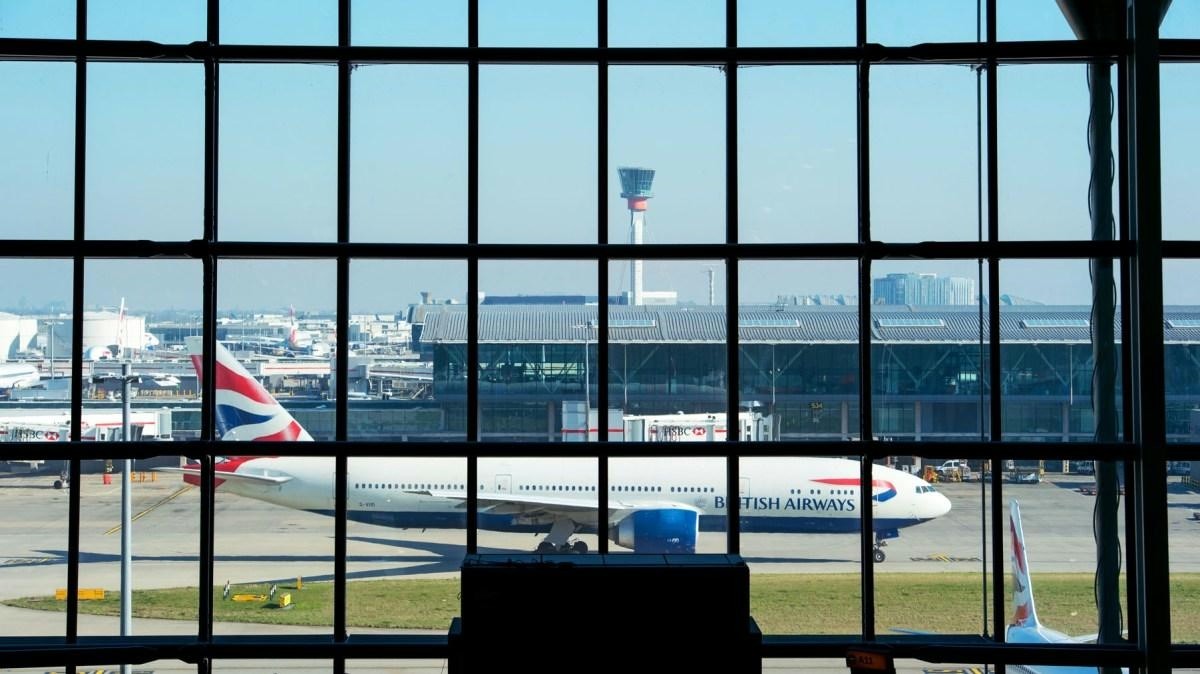
British Airways Employs AI to Reduce Delays and Cancellations
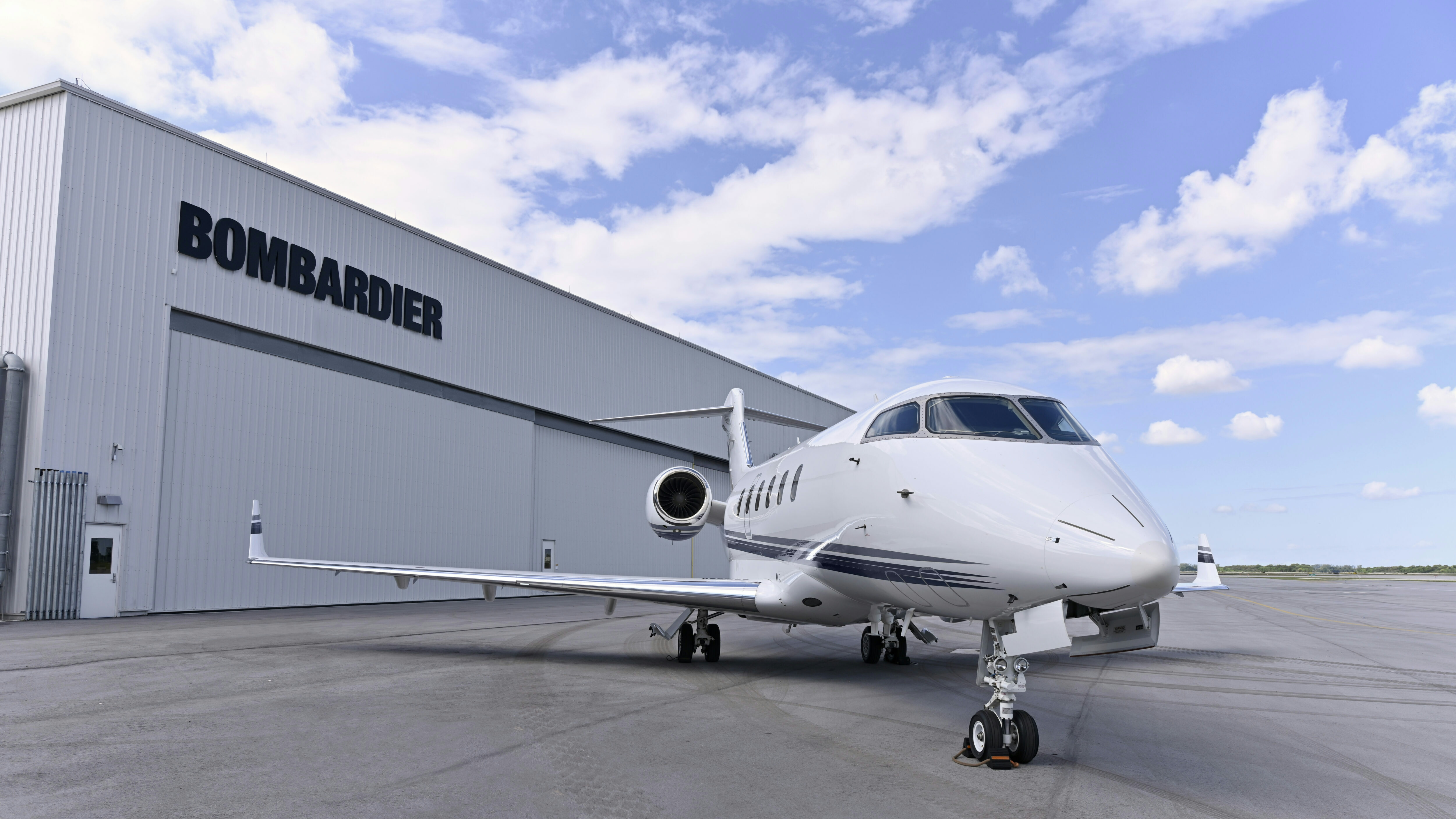
Bombardier's $1.7 Billion Deal Signals the Power of Long-Term Service Partnerships in Aviation
